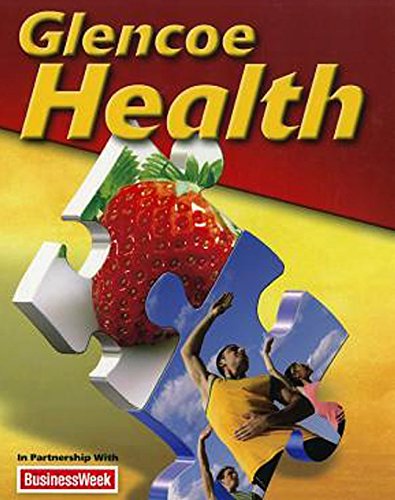
All Solutions
Section 12.4: Fitness Safety and Avoiding Injuries
A screening before the physical activity program can identify diseases and disorders that could make it unsafe to participate in some activities.
In order to prevent frostbite, you can do the following things:
1. It is important to wear in layers. Start with a thin base layer, then wear another insulating layer that provides insulation. Finally, wear an outer layer that will protect you from the wind and moisture.
2. Wear hats, face masks, and scarves because these pieces of clothing would help you survive the cold, dry air.
3. Perform warm up and cool down activities even in cold weather.
4. Drink plenty of water in order to prevent dehydration due to the cold air.
2. cold, clammy skin
3. dizziness, confusion or fainting
4. weak, rapid pulse
5. cramps
6. shortness of breathe
7. nausea or vomiting
$textbf{P}$ – Protect the injured area.
$textbf{R}$ – Rest the muscle or joint at least for day.
$textbf{I}$ – Ice the affected area for 10-15 minutes three times a day.
$textbf{C}$ – Compress the affected area to reduce swelling.
$textbf{E}$ – Elevate the injured above the level of the heart if possible to keep the swelling down.
As they would always say, accidents happen no matter how many safety precautions we take. However, sufficient preparation can minimize the risk or the likelihood of accidents. In this case, it is essential to use the appropriate sports equipment and to make sure it is in good, working condition in order to prevent injuries when playing sports.
Haven't found what you were looking for?
Search for samples, answers to your questions and flashcards

